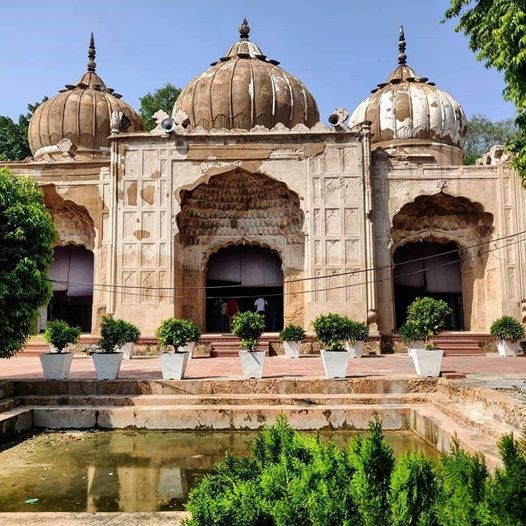





Disclaimer: Copyright infringement not intended.
Context
Qudsia Bagh
History
Present Condition
|
PRACTICE QUESTION Discuss the significant contributions of women in shaping India's architectural heritage, citing notable examples and their impact on cultural and historical narratives. |










© 2025 iasgyan. All right reserved